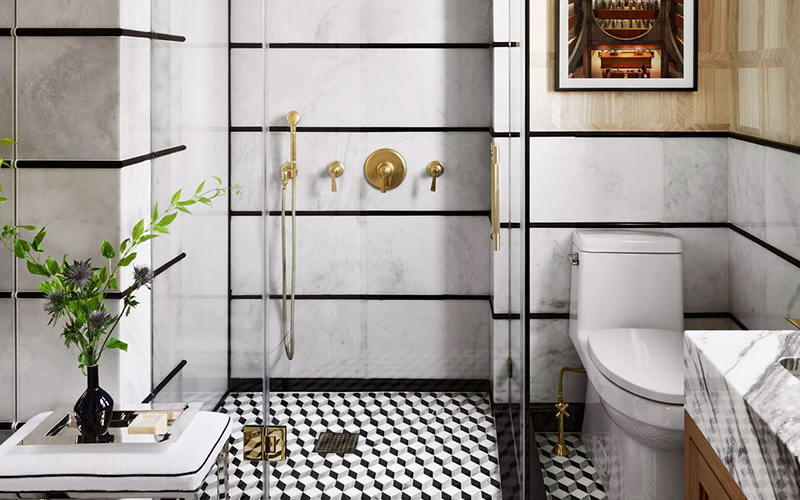Welcome to Naveen Ceramic & Vitrified Tiles...

Naveen Complex,
7th and 8th Floor,14, M.G.Road, Bangalore – 560001

Send your mail at

Have any question?
Historical Perspectives: Traditional Winter Tile Patterns and Motifs

Tiles, as historical artefacts, offer a unique lens into cultural traditions, artistic expressions, and practicality, especially during the winter season. Across various civilizations, these tiles not only served as functional elements but also carried symbolic meanings, reflecting the historical and cultural narratives of their time.
1. Origins of Winter Tile Patterns
Winter tile patterns were born out of the need for functionality and aesthetics. In regions with harsh winters, tiles served as more than just decorative pieces; they provided insulation and warmth. Intricate designs with repeating patterns were crafted to capture the essence of winter landscapes, symbolizing the beauty and severity of the season.
2. Symbolism and Cultural Significance
Traditional winter tile patterns often held profound symbolic meanings, rooted in cultural beliefs and rituals. Some patterns, resembling snowflakes or frost, conveyed ideas of purity, renewal, or the passage of time, aligning with winter festivals and religious ceremonies across different cultures.
3. Influence of Natural Elements
Winter tile motifs drew inspiration from natural elements prevalent during the season. Designs imitating snow, ice crystals, frost, or winter flora and fauna were common, symbolizing the connection between humans and the natural world, even within the confines of their homes.
4. Evolution of Tile Making Techniques
The development of tile-making techniques across civilizations impacted the diversity and intricacy of winter tile patterns. Advancements in craftsmanship allowed for the creation of more detailed and elaborate designs, showcasing the artistic skills and technical prowess of the era.
5. Regional Variations and Cultural Diversity
Distinct regions and cultures contributed their unique winter tile patterns, reflecting historical narratives and artistic expressions. From the vibrant azulejos in Portugal to the intricate mosaic tiles in Islamic architecture, these patterns embodied the essence of winter in culturally specific ways.
6. Historical Narratives in Tile Patterns
Many traditional tile patterns conveyed historical narratives, depicting stories of conquests, religious events, or local folklore. These narratives often intertwined with seasonal aspects, portraying winter scenes or commemorating significant historical moments associated with the colder months.
7. Practicality and Functionality
Beyond their aesthetic appeal, traditional winter tile patterns were practical. Tiles were crafted to be durable, aiding in insulating homes during the colder seasons. Patterns that facilitated warmth and coziness were favoured, meeting the practical needs of inhabitants during winter.
8. Preservation and Contemporary Revival
Efforts in architectural conservation emphasise the preservation of historical tile patterns. Contemporary designers and artisans draw inspiration from traditional winter tile motifs, integrating these designs into modern spaces, revitalising and honouring historical craftsmanship.
9. Cultural Heritage and Modern Applications
The historical significance of traditional winter tile patterns extends to cultural heritage preservation. Integrating these patterns into contemporary design pays homage to the past while infusing spaces with cultural richness, enabling a seamless fusion of tradition and modernity.
10. Appreciation and Future Trends
The appreciation for traditional winter tile patterns continues to evolve. With a renewed interest in heritage crafts and design, there’s a growing trend of integrating these historical motifs into various architectural projects, fostering a deeper understanding and respect for historical artistry.
Looking back, the historical perspectives of traditional winter tile patterns and motifs provide a window into the rich cultural heritage and craftsmanship of civilizations. These intricate designs, laden with symbolism and historical narratives, continue to captivate and inspire contemporary design, preserving the essence of the past while paving the way for future innovations in artistic expression.
